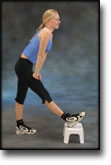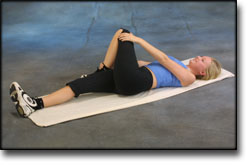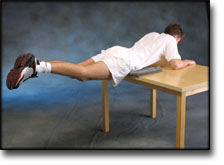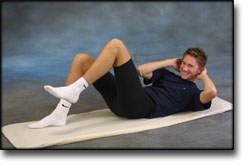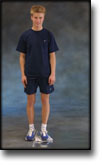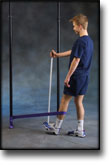|
Surgical management of groin pain of neural origin.
Lee CH, Dellon AL. J Am Coll Surg 2000 Aug;191(2):137-42.
BACKGROUND.
An approach to surgical management of the patient with groin pain is described based on our experience with 54 patients, six of whom had bilateral symptoms. History and physical examination are sufficient to relate the pain to one or more of the lateral femoral cutaneous (LFC), ilioinguinal (II), iliohypogastric (IH), or genitofemoral (GF) nerves.
STUDY DESIGN.
Retrospective analysis of patients with groin pain is reported, with emphasis on cause, involved nerves, and outcomes of operative management. The LFC was decompressed. The II, IH, and GF nerves were resected. Outcomes were graded as excellent, good, and poor in terms of pain relief and functional restoration.
RESULTS.
For the entire series of patients with painful groins, excellent relief of pain was achieved in 68% and restoration of function achieved in 72%. Ten percent had a poor result. The best results were for II and IH, which were 78% and 83% excellent for both pain relief and restoration of function, with 11% and 17% having a poor result, respectively. The worst results were for the small group of patients with a GF problem, 50% of whom had an excellent and 25% a poor result. Patients who were likely to get an LFC entrapment were those with a nerve located above or within the inguinal ligament. Complications included bruising and cautery injury to the LFC.
CONCLUSIONS.
Groin pain of neural origin can be relieved with a high degree of patient satisfaction by considering whether one or more of four different nerves are the source of that pain, by realizing that symptoms can be referred to regions other than the groin, such as the pelvic viscera (IH), the knee (LFC), and the testicle (GF), and by treating the appropriate nerve(s) by either neurolysis (LFC) or resection.
|




